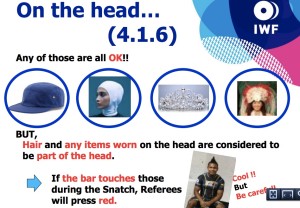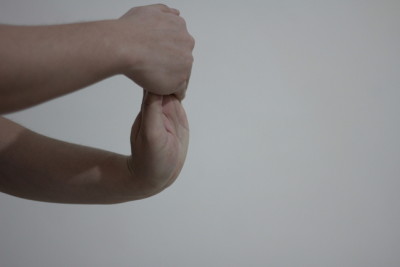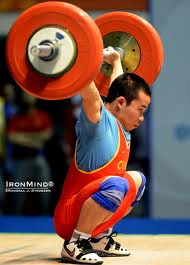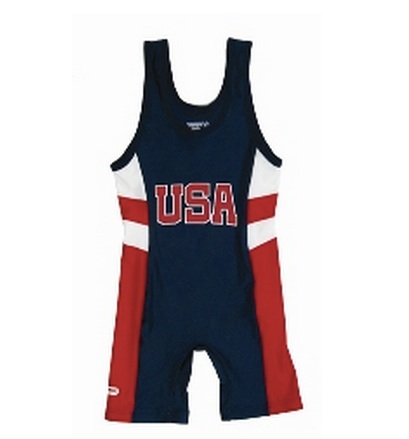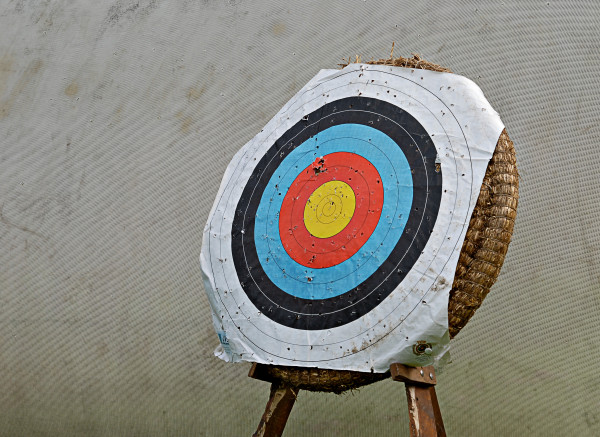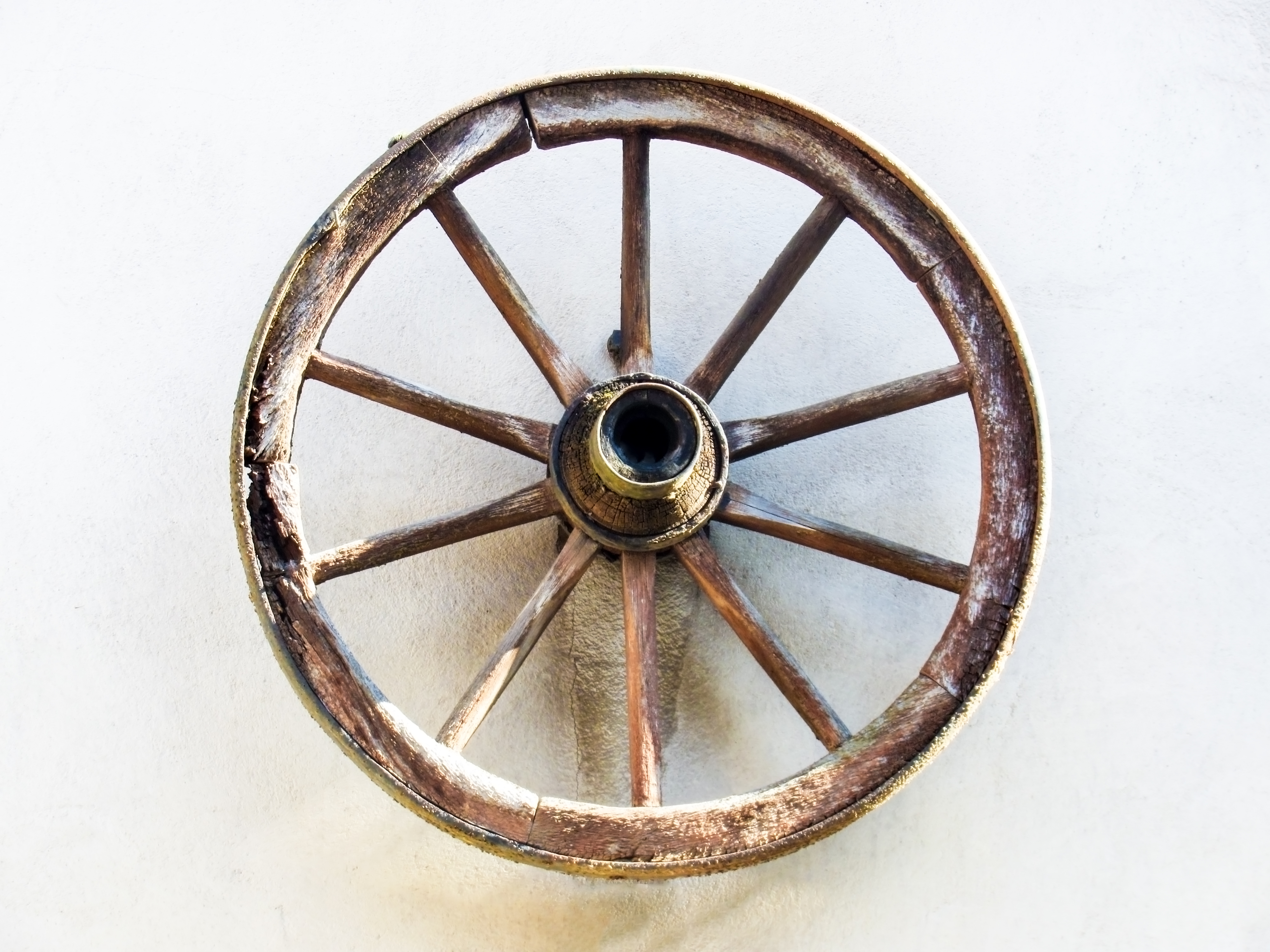I think we’re incredibly lucky in olympic weightlifting that we do not have to buy singlets or equipment from specific manufacturers like the lifters in some powerlifting federations. Looking at those pictures, there is just a sea of similar looking singlets and belts.
USAW and the IWF are much more liberal about what you can wear. Other than when I competed in the Masters World Cup and proudly wore a USA singlet, I have always preferred sparkles and a bit of glam with my spandex. In the video below I’m wearing one of my favorites with actual sequins (courtesy of Glamlets who I believe are no longer making singlets). The Two Doctors who were narrating the session enjoyed the sparklies, too.
But while the pattern of the singlet isn’t specified, there are in fact many rules about what can and cannot be worn, especially in and around the elbows. Judges have to be able to see if you re-bend your elbows or if you even lockout in the first place.
The rules have undergone a fairly large change in the last two years to accommodate religious and cultural needs for modesty. But while some rules have changed, some are still fairly strict.
There is an excellent powerpoint presentation HERE that is available as a download from the IWF site. Lots of good examples of what is and isn’t legal in competition (keeping in mind that these rules may be laxly enforced at the local level).
You can wear a short sleeved t-shirt or a long sleeved unitard but you cannot wear a long sleeved t-shirt. Socks can now touch your knee sleeves, as can the bottom of your singlet, but neither can actually cover the knee sleeves nor the knees.
Prosthetic limbs can be worn, but they are considered part of your body and so count toward your weight at weigh-in.
No cell phones on the platform. Period.
Sponsor’s logos are limited to specific dimensions on the singlet. If you are lucky enough to have a sponsor.
My favorite part is that tiaras are apparently considered part of your head and are allowed in competition. I might actually do this some day.

